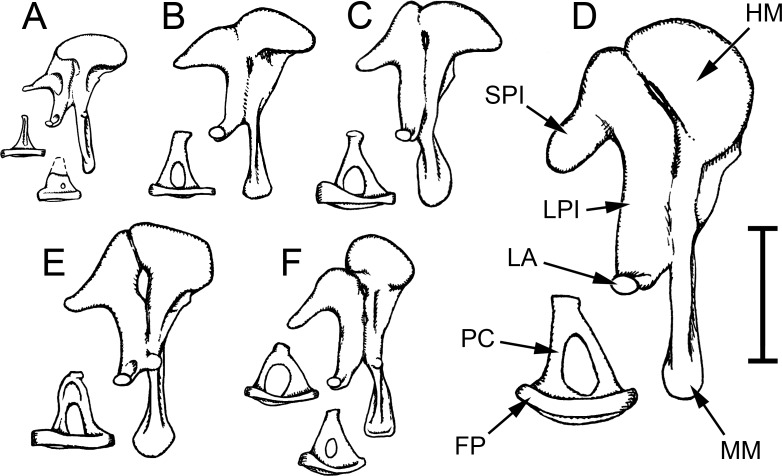Fig 7. Auditory ossicles of bathyergids.
Left auditory ossicles of bathyergid mole-rats, drawn to scale. The mallei and incudes, which are fused in these animals, are shown from an internal view in each case, the stapedes from a dorsal view. A: Heterocephalus glaber; B: Fukomys micklemi; C: Heliophobius argenteocinereus; D: Bathyergus suillus; E: Georychus capensis; F: Cryptomys hottentotus. Two stapedes are shown for Heterocephalus: the lower one comes from a neonate and has a small intercrural foramen and a cartilaginous head and neck (indicated by a dashed outline). Two stapedes are also shown for Cryptomys, in this case illustrating individual variation in the adult ossicle. Scale bar 2 mm. APSC = ampulla for posterior semicircular canal; ASC = anterior semicircular canal; C = cochlea; DMC = dorsal mastoid cavity; ED = bony tube for endolymphatic duct; ER = epitympanic recess; FP = footplate of stapes; HM = head of malleus; LA = lenticular apophysis of incus; LPI = long process of incus; LSC = lateral semicircular canal; MI = malleoincus; MM = manubrium of malleus; OW = oval window; PC = posterior crus of stapes; PD = bony tube for perilymphatic duct (canaliculus cochleae); PMC = posteromedial mastoid cavity; PSC = posterior semicircular canal; RW = round window; SPI = short process of incus; TC = tympanic cavity; TM = tympanic membrane; TT = tensor tympani tendon; V = vestibule of inner ear; VMC = ventral mastoid cavity.

